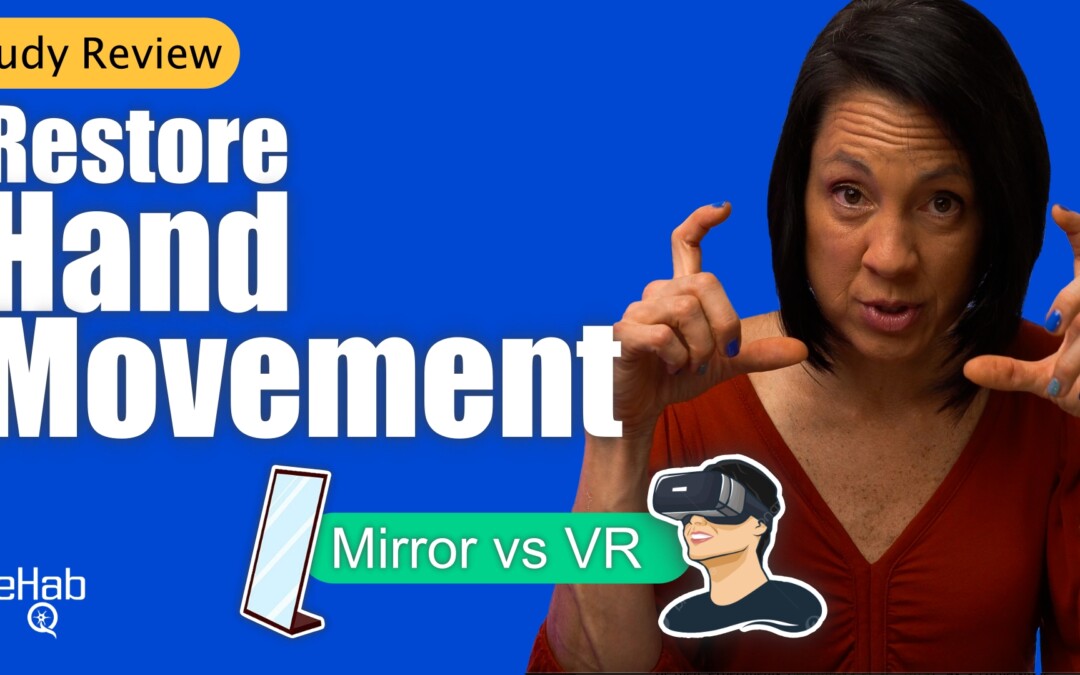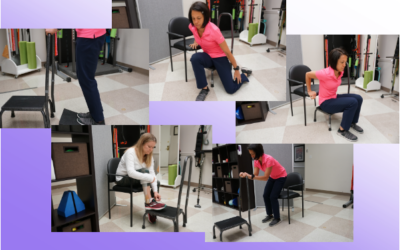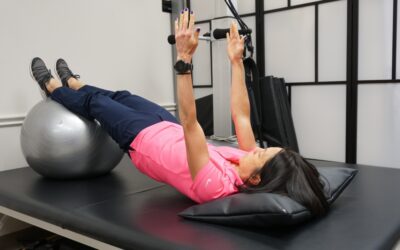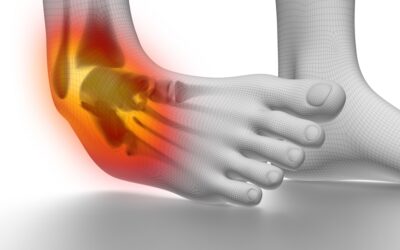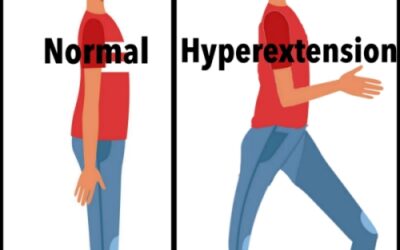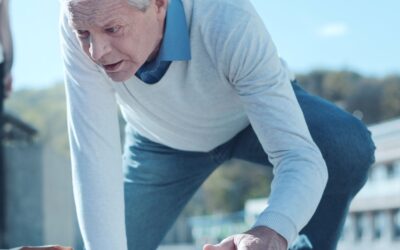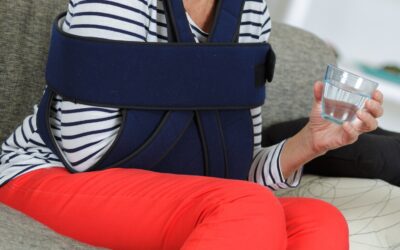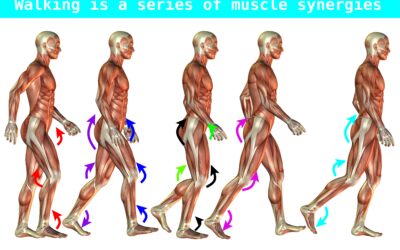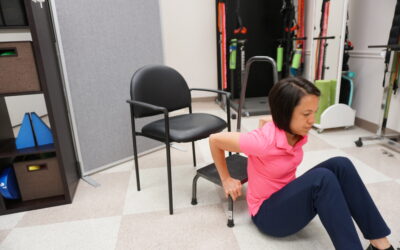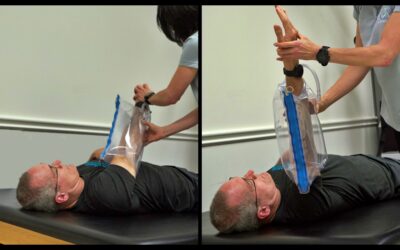Mirror Therapy & VR: Stroke Recovery for the Hand
If you’ve lost movement in your arm after a stroke, you’ve probably wondered: “Is my arm just weak, or is something deeper going on in my brain?”
That’s not because your muscles forgot how to work, it’s because the “wiring” in your brain that controls movement has been disrupted.
What Happens to the Brain After a Stroke
Normally, when you decide to move, say, to grab a coffee cup. Your brain sends messages down little “wires” (nerves) to your muscles. Your muscles move, then your brain gets feedback about where your arm is, and you adjust.
After a stroke, that wiring gets messed up. Sometimes the signal doesn’t get through at all. Other times, the message gets scrambled and your arm just doesn’t cooperate.
What Mirror Therapy Does
Mirror therapy is kind of like tricking your brain.
You put a mirror in front of your good arm so that when you move it, it looks like your weak arm is moving. And guess what? Your brain starts to believe it.
Why does this matter? Because seeing the movement actually wakes up the damaged side of your brain. It’s like giving that side of your brain a workout, even if your arm itself isn’t moving much yet.
Why It Helps
It gives your weaker side a chance to stay “in the game.”
It builds new connections in your brain (this is called neuroplasticity).
It works even if you don’t have much movement yet.
And the best part? You don’t need fancy equipment. Just a mirror and a little bit of time.
The Catch
Of course, it’s not perfect.
Some people find it weird or boring to stare at a mirror.
You can only do so many movements in a little mirror box.
It takes consistency. We’re talking daily practice, not once in a while.
That said, even with its limits, it can still be a really powerful tool.
The Future of Mirror Therapy
Researchers are now testing ways to make this idea even better. Some are using video feedback or even virtual reality to make the illusion stronger and more engaging. Imagine putting on VR goggles and seeing your weak arm move smoothly, that’s the direction things are heading.
How to Try It Yourself
- Get a mirror box or a simple mirror.
- Set aside 15–20 minutes a day.
- Move your strong arm, but watch the mirror so it looks like your weak arm is doing it.
- Stick with it. The brain needs repetition.
Final Thoughts
Recovery after stroke is never just about muscles. It’s about teaching your brain new tricks and helping it reconnect the dots. Mirror therapy might look simple, even silly, but it works because it taps into how your brain is wired.
So, if you’re stuck and feel like your recovery has stalled, this could be worth adding to your routine. Small, consistent steps really do add up.
Have you tried mirror therapy or VR exercises for your hand? Have you noticed any changes in movement or coordination? Share your experiences in our chat board where we can all learn from each other.
And if you want structured guidance, step-by-step exercises, and a full library of at-home recovery tools, check out our Rehab HQ Membership plans.
.
Articles you may be interested in
Sunshine
Sunshine Can you see it? You know, that ball of fire in the sky that rises in the morning and goes to sleep at night? Ok, maybe not literally. I mean, they do tell us not to look directly at that thing. However, figuratively speaking, are you someone who is finding...
Product Spotlight: A step stool with handle
A step stool with a handle is one of the most seems like an odd piece of "rehab equipment", however, it is truly "worth its weight in gold". It is probably the one itemI can honestly say I use multiple times a day in my clinic. And, rarely as an actual step stool....
Gym Ball Exercise Routine for Better Balance
A Gym ball exercise routine is a great way to improve your balance. If provided with the correct exercises, they can challenge almost every "problem area" for a stroke survivor. The main areas that are problematic after a stroke are steadiness, symmetry, and dynamic...
Spastic ankle guide to stretching
Stretching a spastic ankle is critical to improve standing and walking. However, stretching a spastic ankle can also be extremely challenging. Add to that, NOT stretching a spastic ankle and you are at risk for making it worse. Ugh..... All that being said, never...
Knee Hyperextension after a Stroke: Causes and Treatment
What is Knee Hyperextension after a Stroke? Knee hyperextension is a common problem after a stroke. Knee hyperextension is when the knee goes beyond a straight position. Yeah, not exactly natural looking or feeling. ? Knee hyperextension (recurvatum) usually happens...
Balance Problems After a Stroke
Balance is an even distribution of weight within a base to maintain an upright position. Balance problems are very common after a stroke. Balance is a critical part of almost all of our daily activities. Lack of balance confidence can elicit fear and anxiety. More...
Does Constraint Induced Movement Therapy Improve Arm Recovery?
Hemiplegia (weakness on one side of the body) can be a huge cause of disability following a stroke. This can make activities such as grasping, reaching, and manipulating objects difficult, if not impossible. Constraint Induced Movement Therapy has been well...
What is a muscle synergy?
In the world of neurologic movement disorders, we talk a lot about "abnormal synergy patterns". And they kind of "get a bad rap" in how they can inhibit motor (movement) recovery. But functional muscle synergies are not necessarily a bad thing. Here we are going to...
Getting up after a fall
Falling can be a scary thing. Getting up from the floor after a fall is the number one most important skill to learn. Safety Warning: Check in with your body before moving It is important to note, you should only attempt to get up if you are not injured for...
Product Spotlight: Stroke Arm Exercise for Spasticity
Spasticity and abnormal movement patterns can make it difficult to perform stroke arm exercise. The Urias air splint can be an invaluable tool to minimize involuntary arm contractions, reduce pain, prevent contractures, and make it one thousand times easier to manage...

